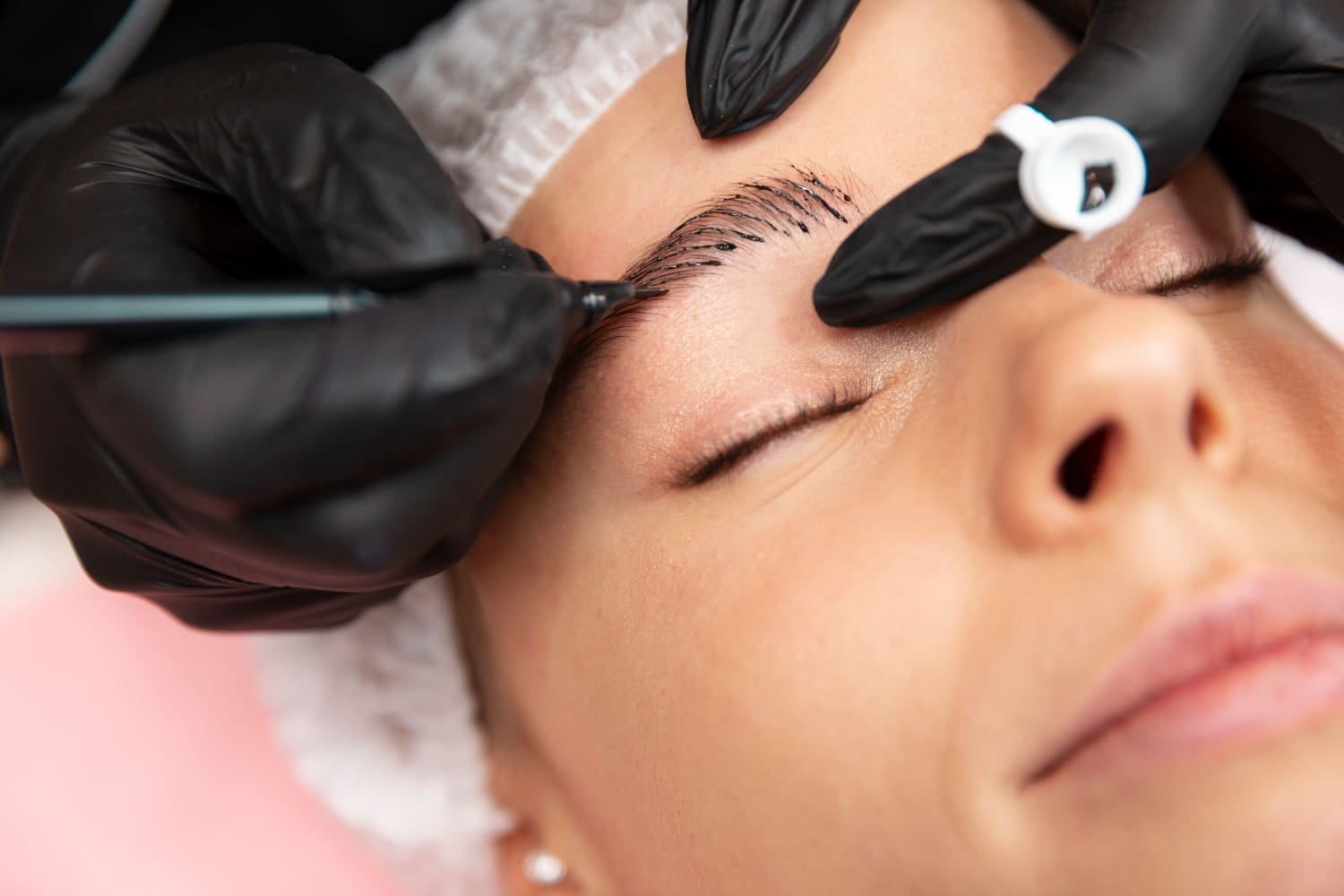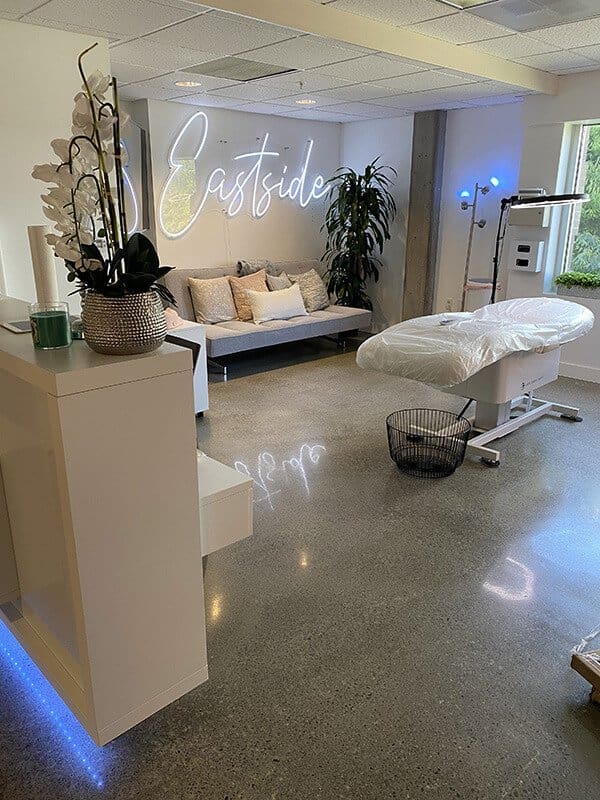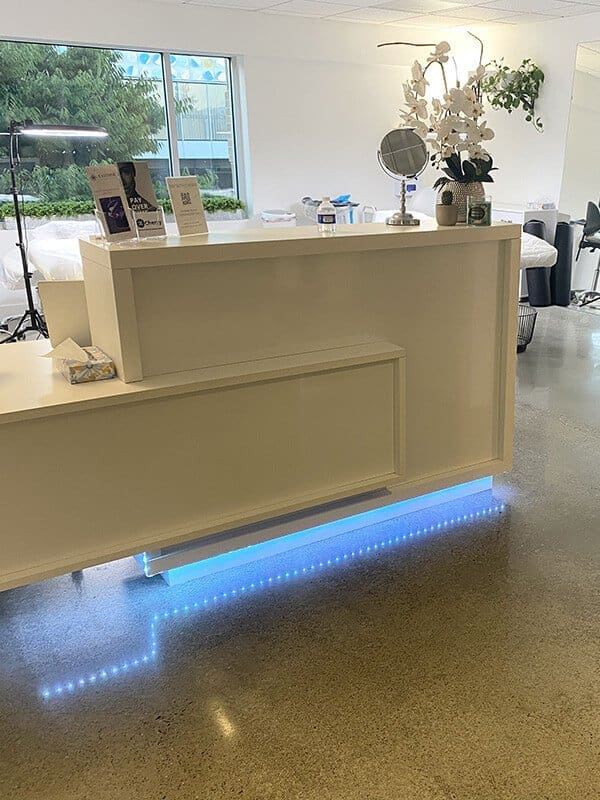Microblading continues to grow in popularity for people looking to simplify their beauty routines and add definition to their brows. This semi-permanent treatment is known for delivering natural-looking results that hold up through mornings, workouts, and everything in between. But getting beautiful brows is more than just showing up for the appointment. The healing process plays a big role in how your final results turn out.
Understanding what happens after your microblading session is just as important as the procedure itself. Healing problems can pop up if proper care isn’t followed or if your skin reacts in an unexpected way. From scabbing to patchy fading, these issues might sound concerning, but they’re often manageable when you know what to expect. Let’s walk through some common healing problems and what you can do to keep things on track.
Common Microblading Healing Problems
Even though microblading is a relatively simple procedure from the client’s point of view, the skin goes through several phases to heal. During this process, it’s normal to notice changes in color, texture, and shape. But when things feel more extreme or uncomfortable, it helps to know what’s typical and what might need extra attention.
Some of the most common healing problems include:
– Scabbing: Small, dry scabs may form as the skin repairs itself. They shouldn’t be picked at, or it can lead to patchy areas where the pigment doesn’t settle.
– Uneven color: One brow might fade more than the other, or certain strokes might become lighter. This can happen if the skin’s healing layers are not even or due to aftercare inconsistencies.
– Itchiness and flaking: As the skin regenerates, it often starts to feel dry and itchy. This is usually temporary, but scratching can disturb the pigment.
– Redness or swelling: Mild inflammation can happen right after the procedure. If it lingers or worsens, it could be a sign of a reaction.
– Premature fading: When pigment fades faster than expected, it might be due to oily skin, sun exposure, or using skincare products with active ingredients like acids or retinol.
Healing varies from person to person. One example would be someone who spends a lot of time outdoors in the Scottsdale sun without SPF. They may see their brows fade unevenly on the side of the face most exposed to UV rays.
When you understand that the initial healing phase can look a little rough, it gets easier to stay patient and stick with the recovery process. Brow color often looks darker at first, then lightens and settles back into a more natural shade. If you’re unsure whether what you’re seeing is normal, keep reading. Next we’ll talk about how to care for your skin during healing to help your brows look their best.
How To Care For Your Brows During The Healing Process
Caring for your brows correctly right after microblading gives your skin the best chance at a clean, smooth recovery. The first few days are when most of the pigment bonds to the skin, so it’s important to be mindful of how you treat the area.
Here’s a simple healing routine most people follow:
1. Day 1-3: Gently blot the brows with a clean, soft tissue to remove any lymph fluid. Avoid getting the area wet or applying any products.
2. Day 4-7: A thin layer of healing ointment might be recommended. Be extremely gentle—no rubbing or deep touching. It’s common for the brows to start flaking at this point.
3. Day 8-14: Brows may continue to lightly scab or flake. Do not pull at the flakes. Let them fall off naturally.
4. Week 3 and beyond: You may notice areas that look lighter or uneven. This is normal. The skin is still settling, and a touch-up appointment will even everything out.
Throughout the recovery phase, follow these general dos and don’ts:
– Do use clean pillowcases and towels.
– Do avoid makeup around the brow area.
– Don’t pick, scratch, or scrub the brows.
– Don’t use products with exfoliating agents, acids, or retinol near your eyebrows.
– Don’t expose the area to sun, chlorine, or extreme moisture like saunas or long showers.
Protecting your new brows is a full-time job during the healing period, but it’s worth every minute. Taking these steps may help you avoid some of the common problems altogether, and you’ll likely enjoy better color retention and cleaner results. Looking out for warning signs comes next, and knowing when to ask a trained professional for guidance plays an important part in that.
When To Seek Professional Help
Not all healing issues resolve on their own. Sometimes, they need a bit of professional guidance to ensure everything turns out as expected. Knowing when to visit a certified expert can save you from unnecessary stress and help address any problematic areas in a timely way.
Here are some signs that it’s time to consult a professional:
– Persistent redness or swelling: If redness or swelling doesn’t fade away within a couple of days or worsens, it could be an indication of an adverse reaction.
– Unusual discomfort: Feeling some discomfort is normal, but if pain seems to intensify or you notice unusual symptoms, it might be time for expert advice.
– Increasing discoloration: If you notice significant changes in color or new spots that don’t improve with time, a professional assessment can help.
– Heavy scabbing or flaking: Excessive scabbing or severe flaking might need extra attention to avoid issues like infection or color loss.
Most professionals offer follow-up appointments to ensure your brows are healing well. If concerns arise outside these visits, don’t hesitate to reach out to a certified expert. Their experience helps in assessing whether your situation is part of the normal healing spectrum or if intervention is needed.
Long-Term Maintenance Tips
Once you’ve navigated through the initial healing process, it’s time to think long-term. With a bit of ongoing care, you can keep those brows looking sharp and fresh. Here are some tips to maintain your microblading results for the long haul:
– Routine touch-ups: Booking regular touch-up sessions helps keep your brows looking their best. The frequency can vary, with many opting for annual touch-ups to refresh the color and shape.
– Sun protection: Sunshine is great, but too much exposure can lead to quicker fading. Wearing a hat or applying sunscreen to your brows prolongs color retention.
– Gentle skin care: Avoid using harsh exfoliants or active ingredients around your brows. Instead, opt for more gentle skincare products and always check if they’re safe for use near microbladed areas.
While microblading can lighten over time, proactive maintenance and care play a big part in extending the life of your brows. With a light routine and regular check-ins, your brows can stay polished far longer than you might expect.
Keeping Your Brows Beautiful In Scottsdale
The journey to achieving perfect brows doesn’t stop at the microblading appointment. Proper care during healing coupled with a good long-term routine can lead to stunning, lasting results. And if you’re in Scottsdale, where the sun shines brightly, extra attention to protection can make all the difference.
Your brows will thank you for the effort you’ve put into their care. Whether you’re flaunting your fresh look at a summer pool party or just going about everyday life, confident brows can enhance any day. With clean and regular maintenance, they’ll remain an eye-catching feature you love.
If you’re in Scottsdale and thinking about building a career in beauty, getting your microblading certification through Eastside Microblading Studio could be the perfect next step. Our skilled team provides guidance from start to finish, so you feel confident offering incredible results to your future clients. Take the next step in your professional journey right here in Arizona.




